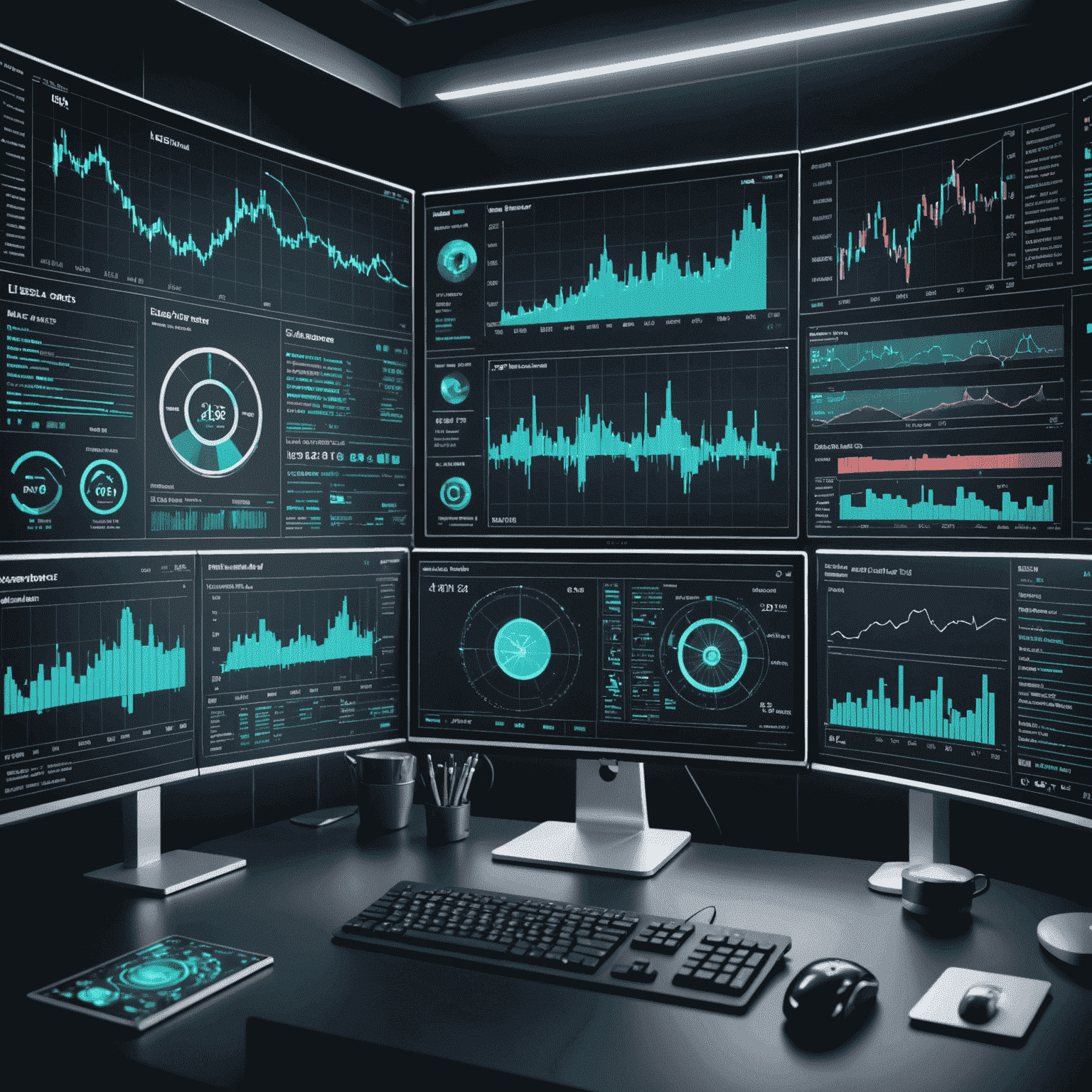AI-Driven Market Analysis: Revolutionizing Trend Forecasting and Decision-Making

In the rapidly evolving landscape of financial markets, artificial intelligence (AI) has emerged as a game-changing force, transforming how we analyze trends and make critical investment decisions. This technological revolution is reshaping the very foundation of market analysis, offering unprecedented insights and efficiency.
The Power of AI in Market Trend Analysis
AI's capability to process vast amounts of data at lightning speeds has opened new frontiers in market trend analysis. Machine learning algorithms can now sift through terabytes of financial data, news articles, social media sentiment, and economic indicators in real-time, identifying patterns and correlations that would be impossible for human analysts to detect manually.
Key Benefits of AI-Driven Market Analysis:
- Enhanced Accuracy: AI models can predict market trends with a level of precision that surpasses traditional methods.
- Real-Time Insights: Instantaneous analysis of market conditions allows for timely decision-making.
- Reduced Human Bias: AI systems operate on data-driven logic, minimizing emotional influences on investment strategies.
- Scalability: The ability to analyze multiple markets and assets simultaneously provides a comprehensive view of global financial landscapes.
AI's Impact on Decision-Making Processes
The integration of AI into decision-making processes has revolutionized how investment strategies are formulated and executed. Advanced algorithms can now:
- Conduct sentiment analysis on news and social media to gauge market mood.
- Perform complex risk assessments by simulating thousands of market scenarios.
- Optimize portfolio allocations based on real-time market conditions and investor goals.
- Identify emerging market opportunities before they become mainstream.

The Future of AI Investments
As AI technology continues to advance, we can expect even more sophisticated applications in market analysis and investment strategies. Some exciting developments on the horizon include:
- Quantum Computing Integration: Exponentially increasing the processing power available for market analysis.
- Natural Language Processing: Enhancing the ability to interpret and act on textual data from diverse sources.
- Predictive Analytics: Improving long-term forecasting capabilities for market trends and economic cycles.
- Autonomous Trading Systems: Developing AI that can execute trades without human intervention based on predefined strategies and real-time analysis.
The rise of AI-driven market analysis is not just changing how we interpret financial data; it's reshaping the entire investment landscape. As these technologies become more sophisticated and widely adopted, they promise to democratize access to advanced financial insights, potentially leveling the playing field between institutional and individual investors.
However, it's crucial to remember that while AI offers powerful tools for market analysis and decision-making, human oversight remains essential. The most successful approaches will likely combine the computational power of AI with human intuition and experience, creating a synergy that leverages the strengths of both.
As we stand on the brink of this AI revolution in market analysis, one thing is clear: the future of investments will be shaped by those who can best harness the power of artificial intelligence to navigate the complex waters of global financial markets.